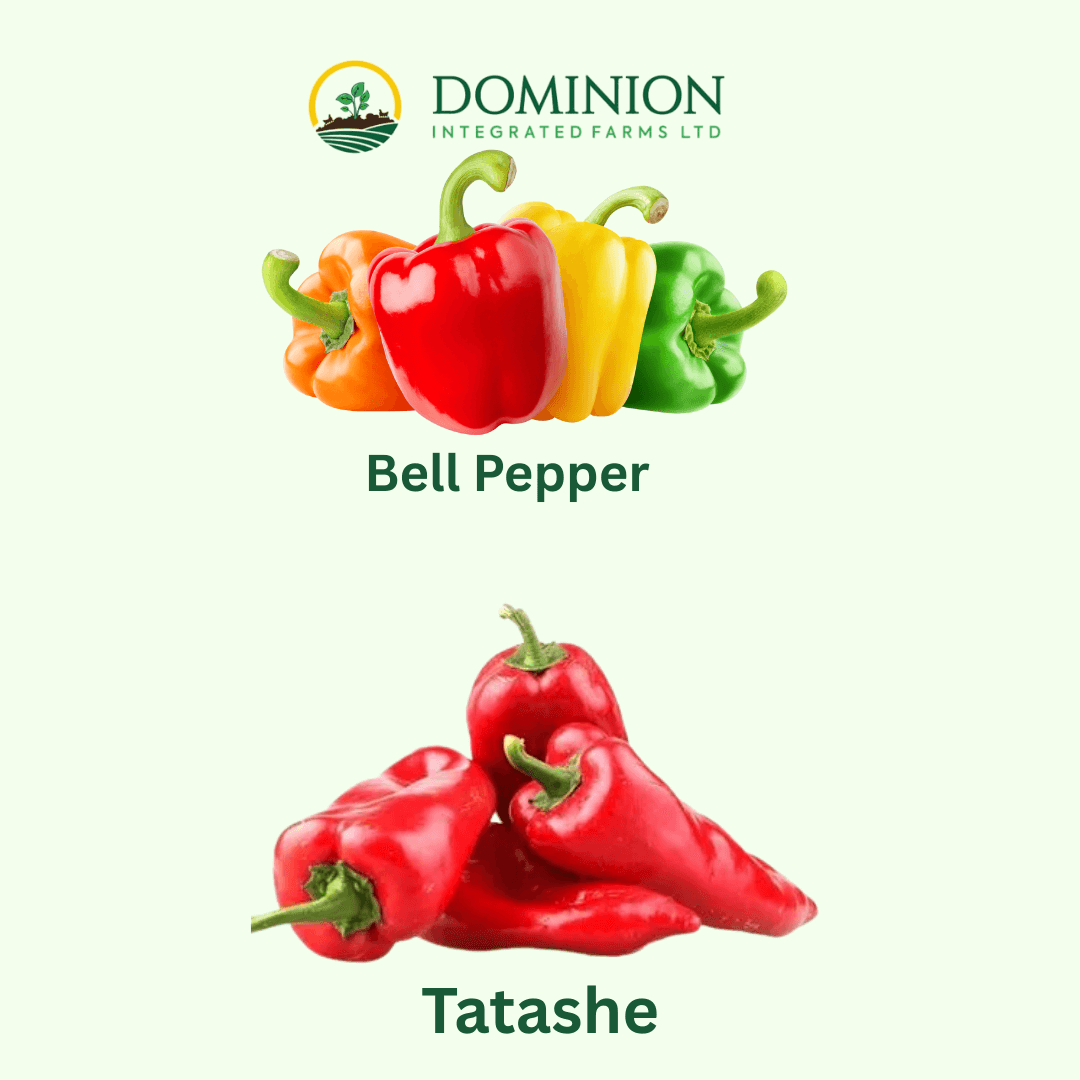
If you’ve ever stood at a Nigerian market stall or browsed a grocery store aisle and found yourself puzzled by the vibrant red peppers labeled as tatashe, you’re not alone. One of the most frequently asked questions in West African cooking forums and food blogs is: “Is tatashe the same as bell pepper?”
While both are part of the Capsicum annuum species, there are important distinctions to understand—especially for those looking to replicate authentic African recipes or incorporate the right pepper into their cooking. In this blog post, we dive deep into the world of tatashe and bell peppers, exploring their origins, differences in taste, texture, culinary uses, and nutritional value. Let’s uncover the truth behind these popular peppers.
What is Tatashe?
Tatashe is a variety of red chili pepper commonly used in Nigerian and West African cuisine. Larger than the standard chili, tatashe is typically elongated, with a deep red color when ripe. Unlike smaller hot peppers, tatashe is mildly spicy and often used in bulk as the base for stews, soups, and pepper sauces.
Key Features of Tatashe:
- Bright to dark red when ripe
- Longer and more slender than bell peppers
- Mildly spicy with a unique earthy taste
- Thin skin and less water content
Tatashe’s flavor intensifies when roasted or grilled, making it a perfect choice for dishes like jollof rice and Nigerian pepper soup.
What is Bell Pepper?
Bell pepper, also known as sweet pepper or capsicum in various regions, is a cultivar of the same Capsicum annuum species but is significantly different in taste and texture. It comes in various colors—green, red, yellow, orange—and is characterized by its sweet, non-spicy flavor.
Key Features of Bell Pepper:
- Comes in multiple colors
- Round, blocky shape
- Crunchy texture with high water content
- Sweet flavor with zero heat
Bell peppers are widely used globally in salads, stir-fries, pizzas, and grilled vegetable mixes. Their sweetness and crunch make them especially popular in Western cuisines.
Tatashe vs Bell Pepper: Key Differences

These differences are crucial when substituting one for another in recipes. For instance, replacing tatashe with bell pepper may result in a milder, sweeter dish lacking the rich flavor typical of Nigerian cuisine.
Why the Confusion?
The confusion often arises because both tatashe and red bell pepper look similar at first glance—especially when dried or pureed. In some parts of Nigeria and African diaspora communities, bell pepper is sometimes referred to as tatashe in casual conversations, although they’re technically distinct.
Also, market labeling isn’t always accurate. A vendor might label red bell pepper as tatashe for simplicity, especially if the buyer is unfamiliar with the local names.
When Can You Substitute Bell Pepper for Tatashe?
While tatashe and bell pepper aren’t the same, you can substitute them under certain circumstances:
Substitute When:
- Cooking mild dishes for children
- Preparing a fusion dish that needs color without spice
- Tatashe is unavailable, and you’re adding additional spicy peppers like scotch bonnet
Avoid Substituting When:
- Cooking traditional Nigerian stews or soups where tatashe’s flavor is key
- You want the smoky, earthy undertone that only tatashe provides
Health Benefits of Bell Pepper and Tatashe
Both peppers offer impressive nutritional benefits:
Tatashe Nutritional Highlights:
- Rich in vitamin C
- High in antioxidants like beta-carotene
- Contains capsaicin, which has metabolism-boosting properties
Bell Pepper Nutritional Highlights:
- Excellent source of vitamins A, C, and B6
- High water content helps with hydration
- Contains lutein and zeaxanthin, which support eye health
How to Use Tatashe and Bell Pepper in Cooking
Popular Tatashe Recipes:
- Nigerian Jollof Rice
- Ofada Stew (Ayamase)
- Tomato-Pepper Sauce for yam or plantain
Popular Bell Pepper Recipes:
- Bell Pepper Stir Fry
- Grilled Vegetable Skewers
- Stuffed Bell Peppers with quinoa or meat
To preserve tatashe, many Nigerian households blend and freeze it. For bell peppers, refrigeration and roasting are common preservation methods.
Pro Tip: Combine both tatashe and bell pepper in a single dish to enjoy the best of both worlds: rich color, sweetness, and a hint of spice.
Conclusion: Is Tatashe the Same as Bell Pepper?
In summary, while tatashe and bell peppers share a species and a similar appearance, they are not the same. Tatashe brings a mildly spicy, robust flavor that’s foundational to Nigerian cooking, whereas bell pepper adds a sweet, crunchy element to global cuisines.
Understanding the differences can elevate your cooking, whether you’re preparing a traditional West African dish or exploring a fusion of flavors. So next time you shop for peppers, remember: choosing the right one makes all the difference.
What do you think? Have you tried both peppers in your dishes? Share your experiences in the comments below and tag us in your recipes using #TatasheOrBell on Instagram!
Ready to try authentic Nigerian tatashe or premium bell peppers? Visit Dominion Integrated Farms today for farm-fresh, quality produce delivered to your doorstep.